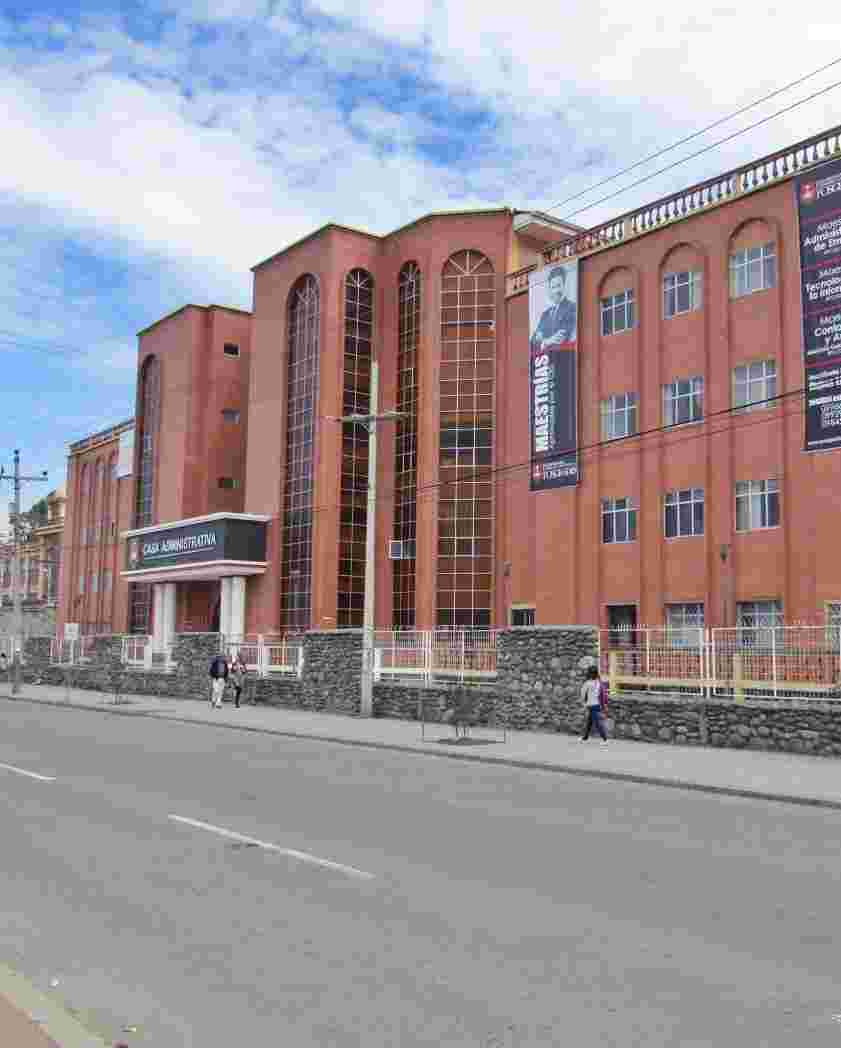Covid-19 y cuidados intensivos en Latinoamérica
| dc.contributor.advisor | Mesa Cano, Isabel Cristina | |
| dc.contributor.author | Jara Andrade , Carol Mayerline | |
| dc.contributor.author | Mora Guamán , Myriam Silvana | |
| dc.contributor.cedula | 1401001928 | |
| dc.contributor.cedula | 0106697386 | |
| dc.coverage | Cuenca - Ecuador | |
| dc.date.accessioned | 2023-10-20T19:28:47Z | |
| dc.date.available | 2023-10-20T19:28:47Z | |
| dc.date.issued | 2022 | |
| dc.description | A nivel global se vive la pandemia del COVID-19, un virus que apareció según la OMS (2020) el 31 de diciembre del 2019 en Wuhan, China. El COVID-19 es la causante de provocar enfermedades multisistémicas, convirtiéndose en un desafío para los sistemas sanitarios con la creciente demanda de pacientes críticos infectados, es de la familia de los β-coronavirus y tienen la capacidad de crear nuevas variantes generando un grave problema de salud pública. Metodología: Revisión bibliográfica descriptiva de documentos digitales para abordar el tema COVID-19 y cuidados intensivos en Latinoamérica, el material consultado fue entre el 2017-2021; se registraron un total de 4.333, de los cuales se excluyeron 3. 577, seleccionando finalmente 53 documentos que dieron respuesta a las preguntas de investigación. Resultados: Las admisiones al área de cuidados intensivos de pacientes con COVID-19 tuvo una prevalencia entre el 2,16 % y 78%, los factores asociados con mayor prevalencia fueron: el sexo con 93,5% masculinos, la edad entre 45-91 años, hipertensión arterial 66,7%, diabetes mellitus 44%, obesidad 48%, insuficiencia renal 22,2%, cardiopatías 55,6% y tabaquismo 44%. Las consecuencias fueron confección bacteriana 69,2%, síndrome de distrés respiratorio 20%, fallo renal 15%, shock séptico 15%, infarto agudo de miocardio 10%, disfunción multiorgánica 10%, neumonía bacteriana 10%, hemorragia digestiva 5%. Abordaje terapéutico fue dirigido a tratar la sintomatología del paciente con COVID-19. Conclusiones: El rol de enfermería en el manejo de paciente con COVID-19, incluyen vigilancia y control hemodinámico, higiene y confort del paciente, tratamiento farmacológico y no farmacológico, nutrición y la rehabilitación. | |
| dc.description.abstract | Globally, we are experiencing the pandemic of COVID-19, a virus that appeared according to WHO (2020) on December 31, 2019, in Wuhan, China. COVID-19 is the cause of causing multisystemic diseases, becoming a challenge for health systems with the increasing demand of infected critical patients, it is from the family of β-coronaviruses and have the ability to create new variants generating a serious public health problem. Methodology: A descriptive bibliographic review of digital documents to address the topic COVID-19 and intensive care in Latin America, the material consulted was between 2017-2021; a total of 4,333 were registered, of which 3. 577 were excluded, finally selecting 53 documents that provided answers to the research questions. Results: Admissions to the intensive care area of patients with COVID-19 had a prevalence between 2.16% and 78%, the factors associated with higher prevalence were: sex with 93.5% male, age between 45-91 years, arterial hypertension 66.7%, diabetes mellitus 44%, obesity 48%, renal failure 22.2%, heart disease 55.6% and smoking 44%. The consequences were bacterial confection 69.2%, respiratory distress syndrome 20%, renal failure 15%, septic shock 15%, acute myocardial infarction 10%, multiorgan dysfunction 10%, bacterial pneumonia 10%, gastrointestinal bleeding 5%. A therapeutic approach was directed to treat the patient's symptomatology with COVID-19. Conclusions: The role of nursing in the management of a patient with COVID-19, includes hemodynamic monitoring and control, patient hygiene and comfort, pharmacological and non-pharmacological treatment, nutrition, and rehabilitation | |
| dc.description.uri | Tesis | |
| dc.format | application/pdf | |
| dc.format.extent | 35 | |
| dc.identifier.citation | Vancouver | |
| dc.identifier.other | 9BT2022-ET17 | |
| dc.identifier.uri | https://dspace.ucacue.edu.ec/handle/ucacue/15929 | |
| dc.language.iso | spa | |
| dc.publisher | Universidad Católica de Cuenca. | es_ES |
| dc.rights | info:eu-repo/semantics/openAccess | es_ES |
| dc.rights | Atribución 4.0 Internacional | es_ES |
| dc.rights.uri | http://creativecommons.org/licenses/by/4.0/deed.es | es_ES |
| dc.source | Universidad Católica de Cuenca | es_ES |
| dc.source | Repositorio Institucional - UCACUE | es_ES |
| dc.subject | Infecciones por coronavirus | |
| dc.subject | Unidad de cuidados intensivos | |
| dc.subject | América Latina | |
| dc.subject | Factores de riesgo | |
| dc.subject | Atención de enfermería | |
| dc.title | Covid-19 y cuidados intensivos en Latinoamérica | |
| dc.type | info:eu-repo/semantics/bachelorThesis | |
| thesis.degree.discipline | Carrera de Enfermería | |
| thesis.degree.grantor | Universidad Católica de Cuenca. Unidad de Salud y Bienestar | |
| thesis.degree.level | Título Profesional | |
| thesis.degree.name | Licenciadas en Enfermería | |
| thesis.degree.program | Presencial |
Archivos
Bloque original
1 - 1 de 1
Cargando...
- Nombre:
- COVID-19 y Cuidados Intensivos en Latinoamérica.,.pdf
- Tamaño:
- 603.87 KB
- Formato:
- Adobe Portable Document Format
Bloque de licencias
1 - 1 de 1
Cargando...
- Nombre:
- license.txt
- Tamaño:
- 1.27 KB
- Formato:
- Item-specific license agreed upon to submission
- Descripción:




